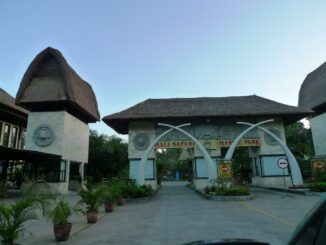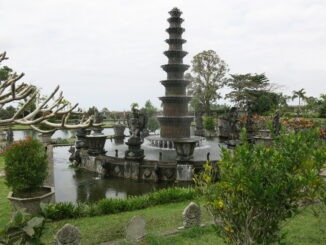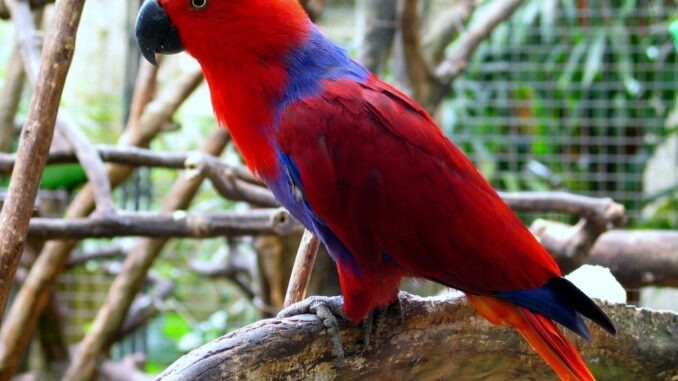
Table of Content:
For many people in the world, Bali has now become a very sought-after vacation destination. Be it because of the paradisiacal landscape, the dreamlike beaches, or because of the interesting sights. There are plenty of reasons why it is worth taking a trip to this Indonesian island on vacation.
For a long time now, many parks and forests, where exotic plants and impressive animals can be observed at close range, have been particularly popular there.
And among these parks is the“Bali Bird Park“, which is also called“Taman Burung Bali” in the local language. What aspects make this park a worthwhile destination on vacation, as well as other interesting information about Bali Bird Park can be taken from this article.
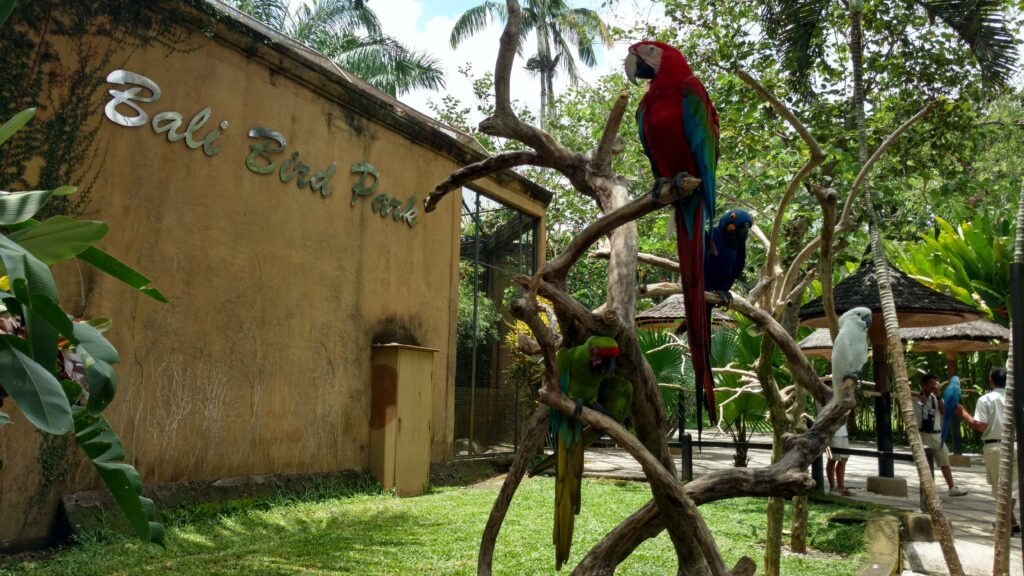
What is the “Bali Bird Park”?
This bird park is located very close to the capital“Bali Denpasar“, in a small village called“Singapadu“. In 1995 Taman Burung Bali was opened, and was built on an area originally intended for rice fields.
But these rice fields had long since been abandoned by the time construction began. This is also the reason for the fact that the soil of Bali Bird Park offers practically everything necessary for lush vegetation. In total, the park measures a proud 2000 square meters, where more than 250 different species of birds cavort.
Among other things, the park also holds the title of “Center of Excellence” – this means that Bali Bird Park not only provides a home for many bird species, but is also a place for breeding exotic specimens such as the “Bali Starling”.
In the early days of this facility, Taman Burung Bali included another park area that was home to a variety of reptiles. In the meantime, however, the operator of the bird park has completely separated from the reptile park.
In addition to the large number of birds, the bird park also offers a whole range of different exotic plants that can be admired there. If you take a walk through the Bali Bird Park, you will discover lots of fruit trees, palm trees, palm ferns, bamboo and cacti.
The design of the park
As explained earlier, lots of birds from over 250 species have their home in Bali Bird Park. When it comes to the total amount of birds in the park, this facility hosts at least 1,000 birds. In fact, visitors can not only admire these animals there, but also touch them without any problems. In addition, so-called “bird shows” demonstrate the special flying skills that the birds living there are capable of.
In addition, there are numerous bird keepers scattered throughout the park who are happy to answer any visitor’s various questions – be it about the park, the park inhabitants, or the plants growing there. For the fact that the park is not quite so large compared to similar facilities, it turns out to be relatively spacious.
In total, Bali Bird Park is divided into eight different areas, each simulating different habitats for the many park birds. Many of these birds even enjoy the privilege of living without cage doors and bars. In addition, the individual enclosures are not only extremely large in design, but are also freely accessible to park visitors.
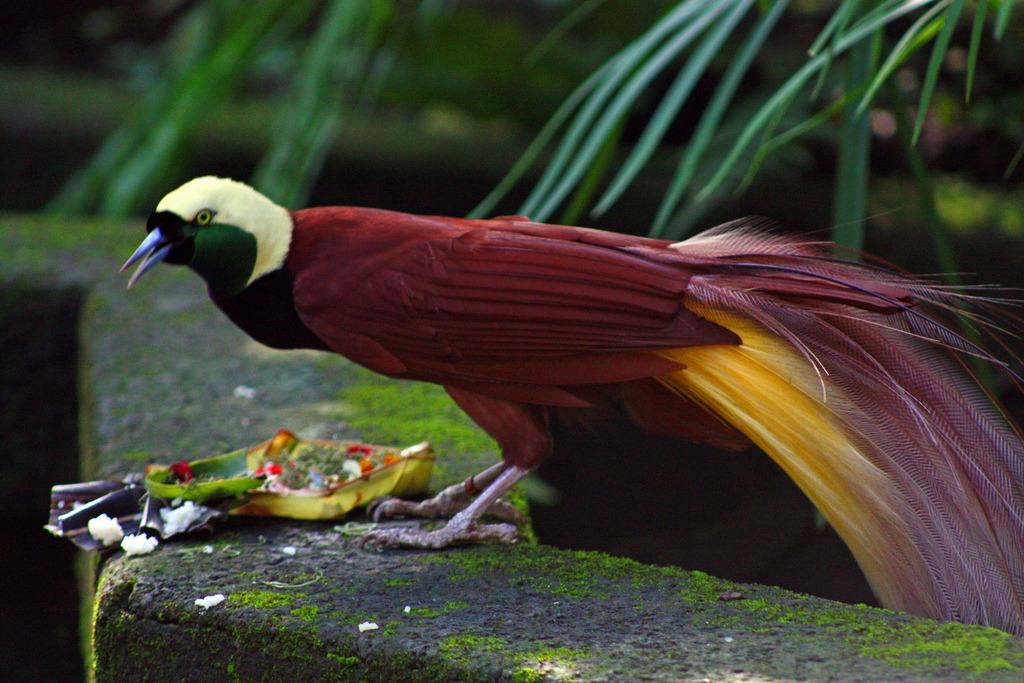
1. parking area – “Bali
This area of the park is mainly home to the birds that also live in the wild in Bali. These animals include the cattle egret, the bronze-tailed peacock pheasant, and the black-naped oriole.
The Bali area is also where some rare native birds are bred, such as the Bali Starling (the national bird of Bali), or rare birds of paradise.
2. parking area – “Borneo
What makes the Borneo area special is the fact that it is meant to imitate an area where there are different eco-systems, but the park cannot imitate all of them.
Nevertheless, there are birds to admire here, which are at home in the lowland rainforests of Borneo, or in the cloud forest. In addition, the Borneo area is still home to the fruit bat, the great hornbill, and the crested snake eagle, among others.
3. parking area – “South Africa
Parrots are known to be pretty much the only animal species ever to be able to mimic parts of human speech and voice. The South Africa area of Taman Burung Bali is home to a lot of grey parrots that have this ability.
Furthermore, there is an attractive flamingo pool in this area, where numerous of the pink wading birds can be observed.
4. parking area – “South America
This section of Bali Bird Park is intended to reflect the climatic conditions that prevail throughout most of the South American continent. Especially exotic birds like the Hyacinth Macaw (the largest parrot in the world) and the Scarlet Macaw feel extremely comfortable here.
In addition, other representatives of the macaws live in this area, such as the Lovebird or the Sickle Ibis.
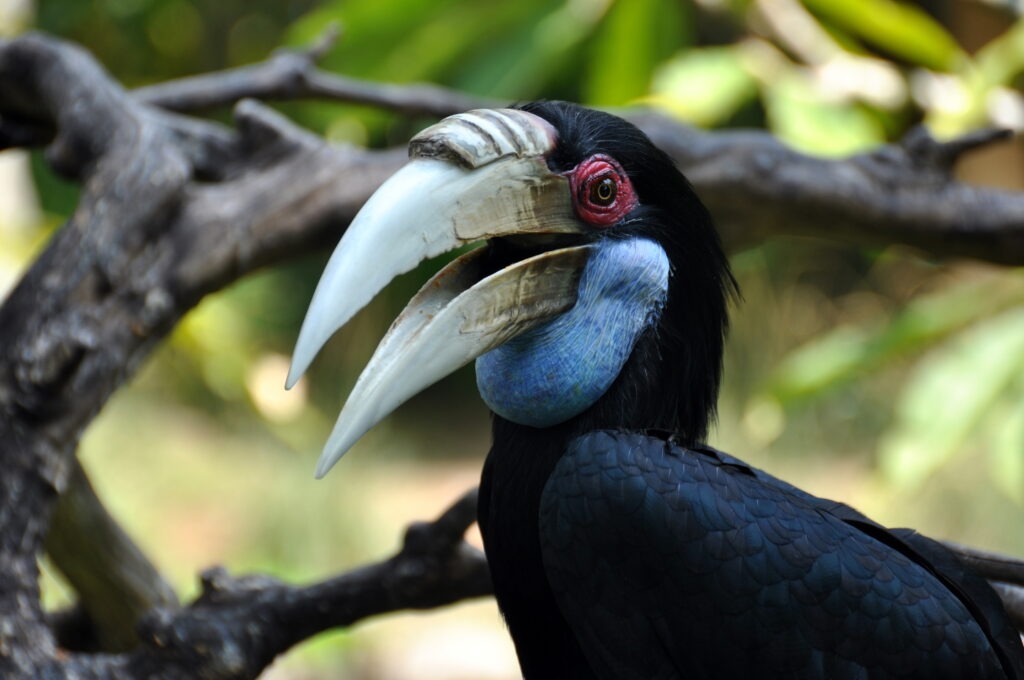
5. parking area – “Java
Java belongs to the four “Great Sunda Islands”, which are assigned to the Republic of Indonesia. On this island (and thus in this park area), visitors often hear the beautiful sounds of various songbirds.
On top of that, birds like the serpentine harrier or the Java crested eagle can be observed in this part of the park.
6. parking area – “Sumatra
This section of the park is primarily intended to simulate the jungle of the Indonesian island of Sumatra, thus providing a home for all the birds that feel particularly at home in such a habitat. Particularly peculiar birds like the eagle owl, for example, are among them.
In addition, the Sumatra section is home to other animals worth seeing, such as the white crested hornbill, or the Senegal parrot.
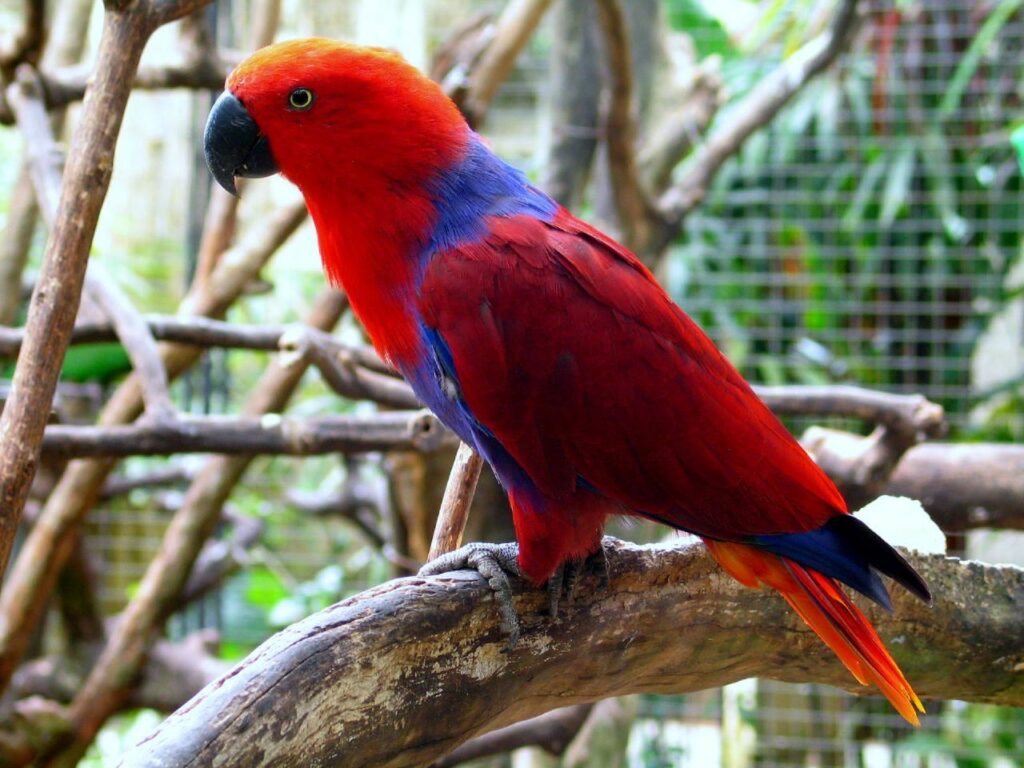
7. parking area – “Papua
On the western half of the island of New Guinea lies the province of Papua. There (and also in the park area of the same name) are especially extremely many different birds of paradise at home.
In addition, this part of the park is also home to animals of other bird species, such as the flightless cassowary from the lowland forests of Papua, or the crowned pigeon.
8. park area – “Owl House
As the name suggests, the Owl House is primarily home to many different nocturnal owls. They live there in a “Toraja house”, which was built exactly for the special requirements of the owls.
Here you can see especially rare owl species, such as the Malayan Eagle Owl, or the Sumatran Eagle Owl. The house itself is already over 100 years old and originally comes from the Indonesian island “Sulawesi”. It is built in an extremely attractive style and does not have any screws or other metal parts, which in many other types of houses only provide the necessary stability.


